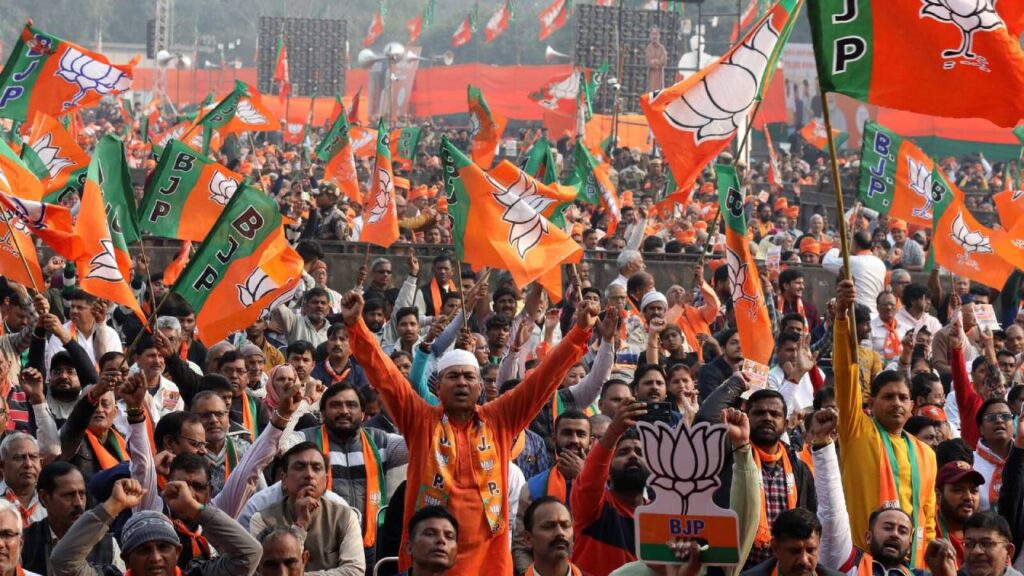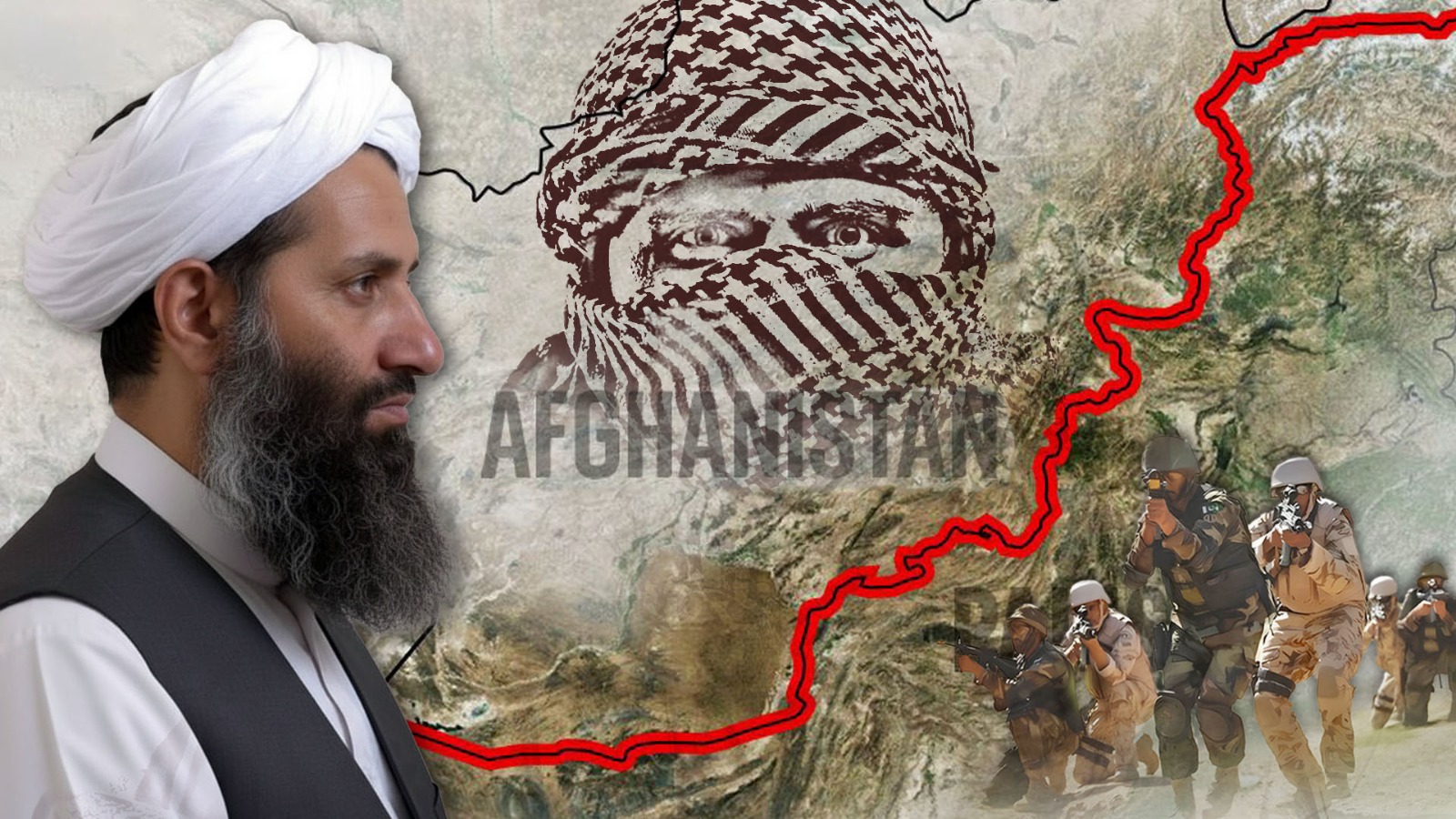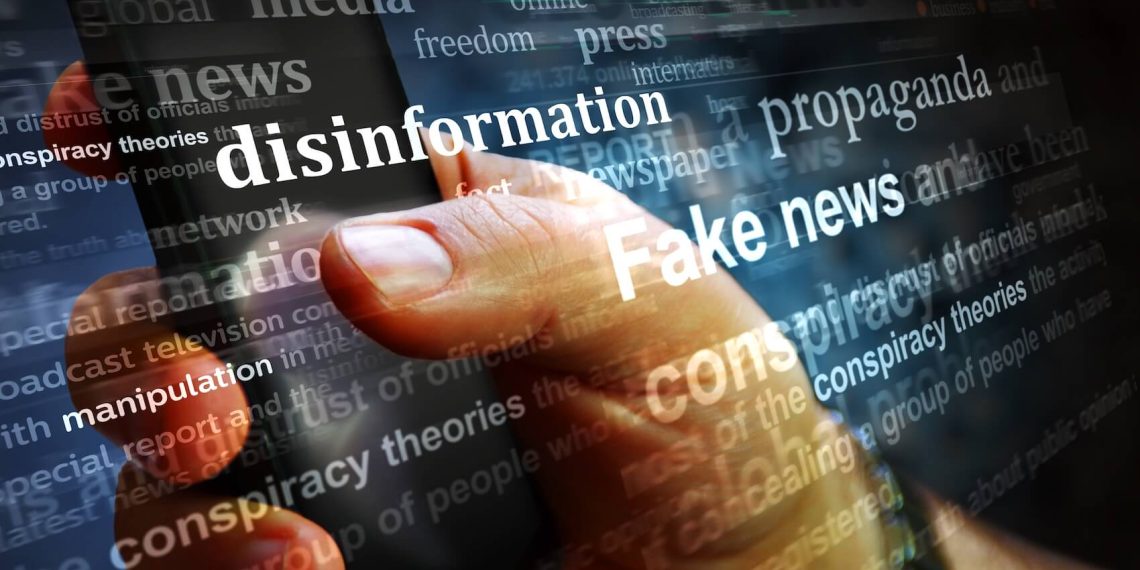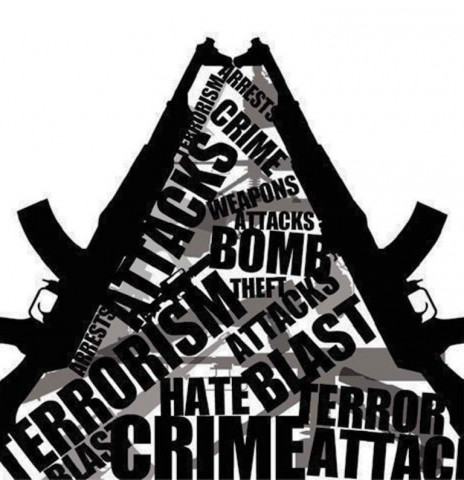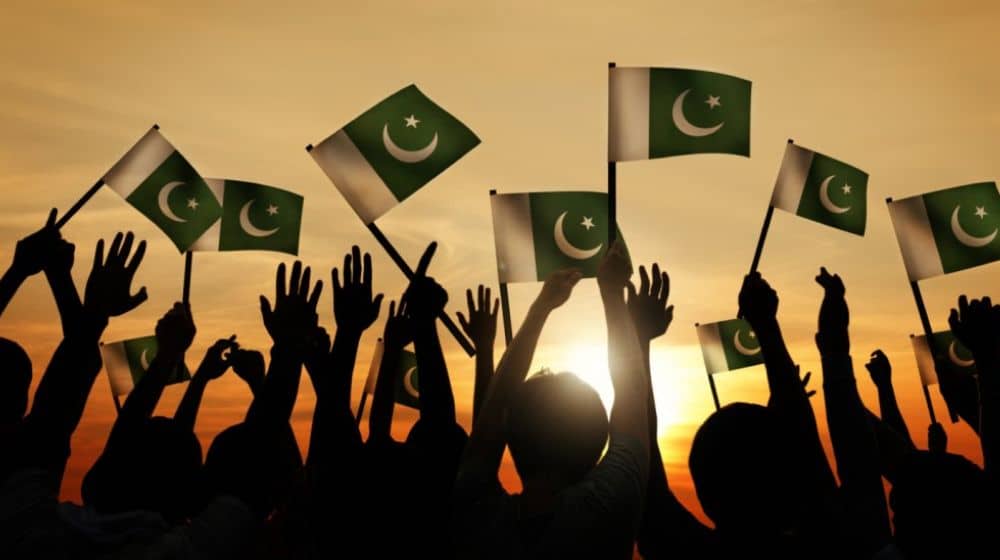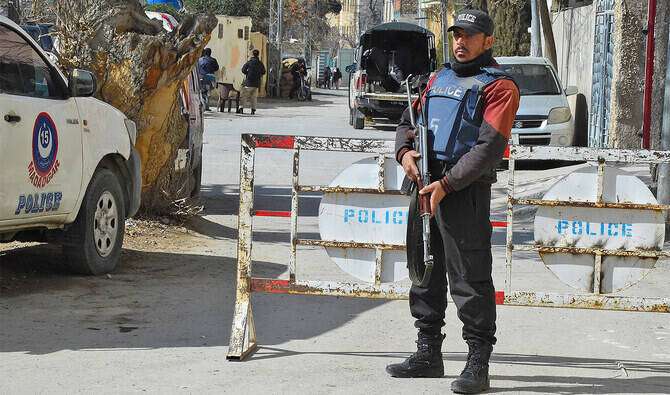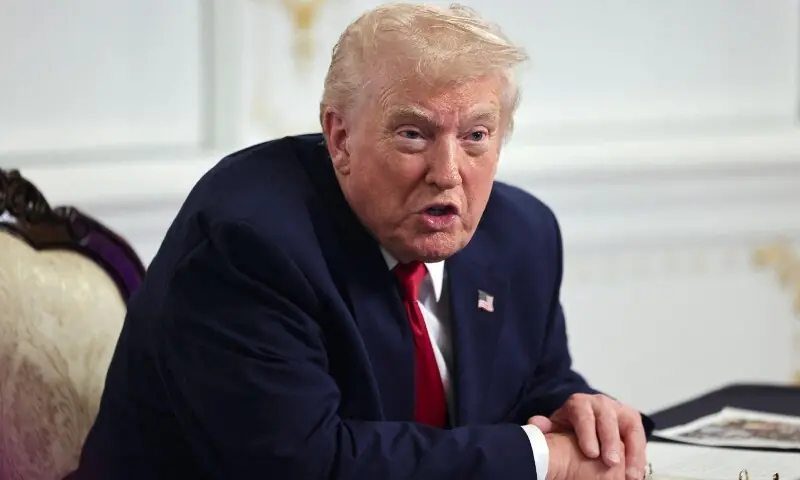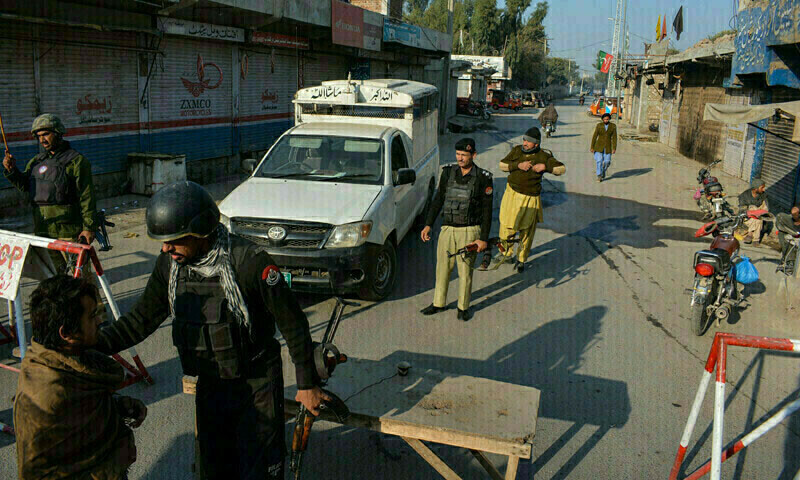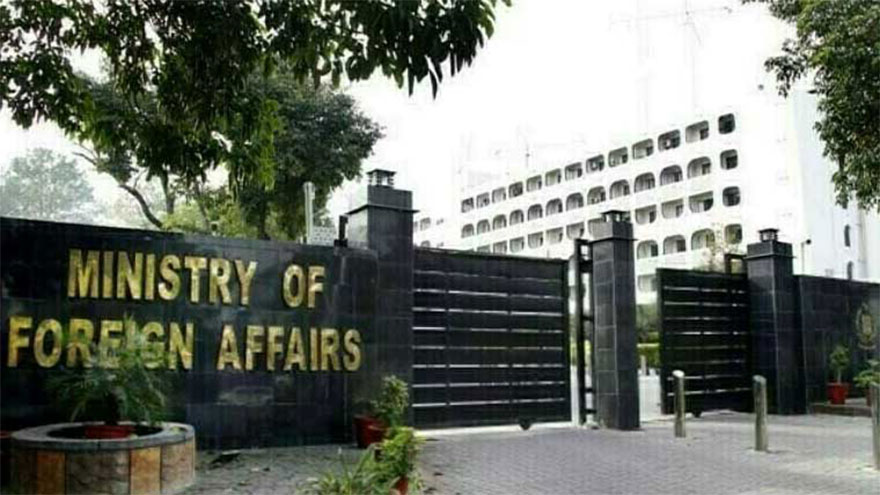Statecraft often resembles a dim corridor where ethics warp under the weight of ambition, leaving credibility on the floor. Historians usually call that corridor the grey zone, and many modern diplomats know better than to linger there. Recent court rulings in Geneva and Washington still echo with accusations of occupation, yet the shrill headlines that once blasted those terms already feel quaint. Both Israel and India maintain elaborate public relations bunkers built, in their view, for emergencies rather than appearances. From those bunkers, they mutter about extermination orders and ticking bombs, turning interviews into counter-terrorism press releases. Such choreography tends to absorb headlines long before the camera crews pack away their gear. When the dust settles, however, a different record appears, and it does not belong to the storytellers. The 2025 flare-up in Kashmir and a parallel clash near the Strait of Hormuz abruptly rewrote the script, leaving a profound impact on the region and its people. Just days after the smoke lifted, cables leaked from Islamabad, laying out details of what its commanders labelled Operation Bunyan al Marsoos. The file showed combat engineers diverting artillery and a logistics train that reached the line of control days ahead of the fighting. Footage posted to encrypted chats within forty-eight hours suggested the scale alone had rattled Delhi’s brass. Reports confirmed that India lost air defence batteries, both voice and optical, under the barrage. That sort of rough arithmetic undermines the habitual claim of moral isolation, and the habit of painting everything in shades of red and white only compounds the problem.
The myth of the chosen victim
People who have read a newspaper for any length of time know how easily the word victim can sprout wings. In the lexicon of Jerusalem and New Delhi, the prefix chosen seldom strays far from the brass tacks. Both capitals insist their democracies occupy a plucky outpost that can be snuffed out if rescue fails. The language tends to flip before the logic can finish, so plucky outpost quickly becomes genocidal hive. The conscription of voters into this mental defector tries to erase routine gossip about deportations or extra-judicial killings. Ordinary math never quite fits, yet it gets repeated in the rotation of official briefs, study groups, and even some university courses. Anyone who hesitates to cheer is assured that hesitation means tacit subsidy to a mythical enemy, usually described as savage.
Israel presents its long-standing program of settlement expansion as an emergency measure against constant, noxious terrorism. Just the same, New Delhi’s administration defends its laser-focused approach to Kashmir by arguing that only unbending force can contain Pakistani proxies. Each government shepherds vast armies and air forces, yet manages to depict itself as cornered and battered-a curious moral sleight of hand that Washington tends to shrug off because both states qualify as useful shield-bearers. However, the role of Western complicity in perpetuating these narratives cannot be overlooked, highlighting the need for global accountability. That tidy version of events began to fray once, in 2025, Islamabad openly dared Delhi to signal its real aggression on the ground and in diplomatic corridors.
The media played a pivotal role in shaping public perception of the conflict. Tension escalated after unidentified militants struck Pahalgam on April 22, killing twenty-six civilians, most of them Hindu pilgrims, while media crews recorded the raw grief. Delhi’s response, Operation Sindoor on May 7, sending fighter-bomber squadrons to six supposed Lashkar and Jaish assembly zones scattered across Punjab and Pakistani-administered Kashmir, was widely covered. Satellite images soon showed craters near village mosques, and civil-rights monitors later reported thirty-one non-combatant fatalities, including toddlers.
Pakistan’s role in shaping the narrative of the conflict was significant. Western channels quickly replayed Indian sound-bites about surgical strikes, all but muffling reports on the civilian collateral and the fact that Jammu and Kashmir was under penal occupation. Islamabad struck back twenty-four hours later, rolling out Bunyan Al Marsoos; missiles and Gnat drones crippled artillery batteries in Reasi and Rajouri, forcing the IAF into a hasty defensive screen.
A ceasefire arrived on May 10, by which point roughly 200 Indian soldiers had lost their lives and critical military bases lay in ruins. Pakistan, for its part, absorbed the blows with surprising calm, and defense officials outside the country took note of that discipline.
Operation Bunyan Al Marsoos soon eclipsed everything else. Leveraging smartphone footage, satellite imagery, and even maps posted to sites like X, Pakistani generals framed the Indian bombing runs as reckless rather than surgical. Vivid civilian casualties told one story; hurried Indian radio intercepts leaked by Pakistani spooks said another. Indian commanders could be overheard dismissing their targeting as last-minute guesswork.
Islamabad quickly released a thick dossier tying the Pahalgam episode to decades of Indian rhetoric and land grabs in Kashmir, a point few diplomats bothered to dispute. Overnight, the familiar Indian lament sounded strangely thin.
The international community’s response to the conflict was significant. Telecom wires and polite, thick-bound folders do not win speeches, so Pakistan blitzed the U.N. General Assembly on May 9. Its envoy painted India as a second-rate Gaza and handed delegates videos of shredded schools. Beijing, Moscow, and the O.I.C. piled on with short but blistering statements. Even the usual Anglo friends in Washington and London leaned back and urged both sides to show restraint, which felt like a diplomatic cold shoulder to New Delhi.
Europe, nothing if not guarded, startled India by flatly declining to embrace its Kashmir line during the spring escalation. A spokesman in Brussels cited human rights as the sticking point, and suddenly New Delhi’s diplomatic blanket felt much thinner. Only one voice in the echo chamber stood behind it, Israel, which on May eighth reiterated India’s absolute right to self-defense, a formula that felt rehearsed. The theater of that endorsement was glaring: two regimes already branded by critics as fascist or apartheid-like tacitly sealing a friendship most other capitals wanted out of frame. Late-night Twitter threads kept the term outlier alive; everyone else seemed instantly fatigued by the steady wail of victimhood coming from both Jerusalem and New Delhi. A heavy residue of embarrassment drifted across the British Foreign Office, though reporters were careful not to assign it a name.
Doctrines bloom in corridors before they ever arrive on paper; so some analysts started talking about a ‘Doctrine of Chaos’ even before the phrase gained traction in academic citation indexes. It served as both an epithet and a shorthand for shadowy projects that unsettled neighbors while keeping the home audience pacified with spectacles of muscular defense. India’s discreet hand, sources insist, has nudged the Tehreek-e-Taliban Pakistan and stitched together ragtag elements of the Balochistan Liberation Army. The bleeding-strategy nomenclature dates back at least to a 2021 dossier leaked to The Economic Times, in which Pakistani generals discussed Delhi’s behind-the-scenes maneuvering against several rail arteries. Incidentally, the TTP was linked to Indian intelligence by two attackers apprehended in the aftermath of the 2014 Peshawar school siege, accusations that New Delhi still ridicules as theater. BLA insurgency spikes likewise invite debate; Baloch leaders like Balaash Pardili have resided in Indian jurisdictions since 2009, issuing communiques that echo both India’s gripes with Islamabad and Modi’s barbs about alleged abuses in Balochistan. Analysts note the timing is rarely accidental. The March 2025 Jaffar Express hijacking and the November 2024 Quetta train bombing resemble warnings wrapped in casualty counts. Yet, the hardware is continually vanishing before consular teams can even inspect the debris.
In 2025, Islamabad submitted a voluminous dossier to the United Nations, which was accompanied by financial ledgers. The documents accused several Indian consulates in Afghanistan of funneling cash to the TTP and the Baloch Liberation Army. The implication hit hard, stripping a layer of credibility off New Delhi’s diplomatic reports.
The pattern is not exclusive to South Asia; the Middle East offers a parallel, if not a mirror. Israel has quietly bankrolled Kurdish forces and Syrian dissidents, hoping to hem in Tehran’s influence. On June 13 this year, its warplanes smashed the nuclear sites at Natanz and Arak. Posts on X later alleged that Indian and Israeli military minds had shared drone upgrades and real-time targeting data in the run-up to those strikes. Neither accusation has been fully confirmed, yet the underlying strategy is hard to miss: both nations portray Iran and, by extension, Pakistan as the last remaining threats, then justify their escalations in that light.
Extrajudicial hits are part of the toolkit, whether in the Levant or on the subcontinent. Mossad operatives reportedly snuffed a senior Hamas commander in Tehran during 2024, while Indian agents have been whispered to have taken out Sikh extremists on Canadian soil. Domestic lawyers brand such missions as counter-terrorism, yet the acts often cross national borders and violate international law. Western capitals express outrage, but the protests never seem to carry the weight of consequences.
Israel and India also trade in narratives about Gaza and Kashmir that rarely line up. A bombing campaign labeled punitive by the IDF had, by 2025, dispatched more than 40,000 Palestinians, many of them women and small children. The International Court of Justice warned of war crimes, and the General Assembly offered a cease-fire call; both messages went into the circular file. Officials insist bombs are guided and strikes are surgical, yet the ruins of hospitals and the twisted remains of families tell a different story altogether.
India quietly sold drones and precision munitions to Israel, forged a UN abstention record on ceasefire votes, and shipped roughly 12,000 replacement workers to Gaza, netting substantial profit in an otherwise devastated market. The cooperation, dressed up as friendship, links New Delhi’s defense machinery to the logic of settler-colonialism in Palestine.
Kashmir offers a reflective surface. After stripping Articles 370 and 35A in 2019, Delhi established gated settlements and carried out mass detentions that resemble the West Bank’s underlying architecture. The recent attack near Pahalgam stemmed from the daily humiliations of occupation, yet official narratives reduce dissent to Pakistan-sponsored terrorism. Islamabad, sensing a rhetorical opening, shifted its 2025 message to center Kashmirs’ grievances, and social media, in particular, amplified those testimonies to global ears.
Western capitals have long underwritten this tableau. Their leaders label both India and Israel as indispensable shields against Islamic extremism, a worldview reinforced by U.S. vetoes in the Security Council and a yearly aid package of $3.8 billion for Jerusalem.
The balance began to shift in 2025, when Pakistan presented meticulously documented claims of aggression and restraint that forced Western diplomats to reconsider their talking points. Skepticism hardened after President Trump Most casually claimed he brokered the May 10 ceasefire, an arrangement hammered out by field commanders, a slip that signaled Washington’s worry about losing narrative control.
India and Israel, often described as lone wolves, leant on one another when most observers kept their distance. To critics, the pairing appears to be two countries grasping at shared isolation while the rest of the world turns away.
A reckoning for the victors
Both capitals cultivate what some call a doctrine of chaos-based policy on grievance, then declare themselves victims. That formula, long underwritten by Western complicity, finally ran into complex ledger numbers in 2025. India lost Bunyan al-Marsoos to Pakistan; Israel smashed targets in Iran and took significant hits to its cities. The price tags were brutal: thousands dead, fresh regional instability, and far-flung narratives that fell apart in plain sight. Pakistan returned home claiming a military and diplomatic double win; Delhi, left almost alone, could cite only Israeli backing. The Warsaw Pact of occupation, skeptics now say, looks something like this. Proxy conflicts, from TTP on Pakistan’s side to Iranian militias on Israel’s, kept tearing at the map. Death tolls in Gaza and Kashmir, meanwhile, stand as indelible stains no amount of press briefing can scrub out. Legal forums, such as the UN and the ICJ, still hold paper-thin mandates; global civil society insists that every judgment be heard. Until the two capitals relinquish their perpetual-victim pose, they risk being remembered less as states under siege and more as architects of carnage whose alibis finally run stale.

